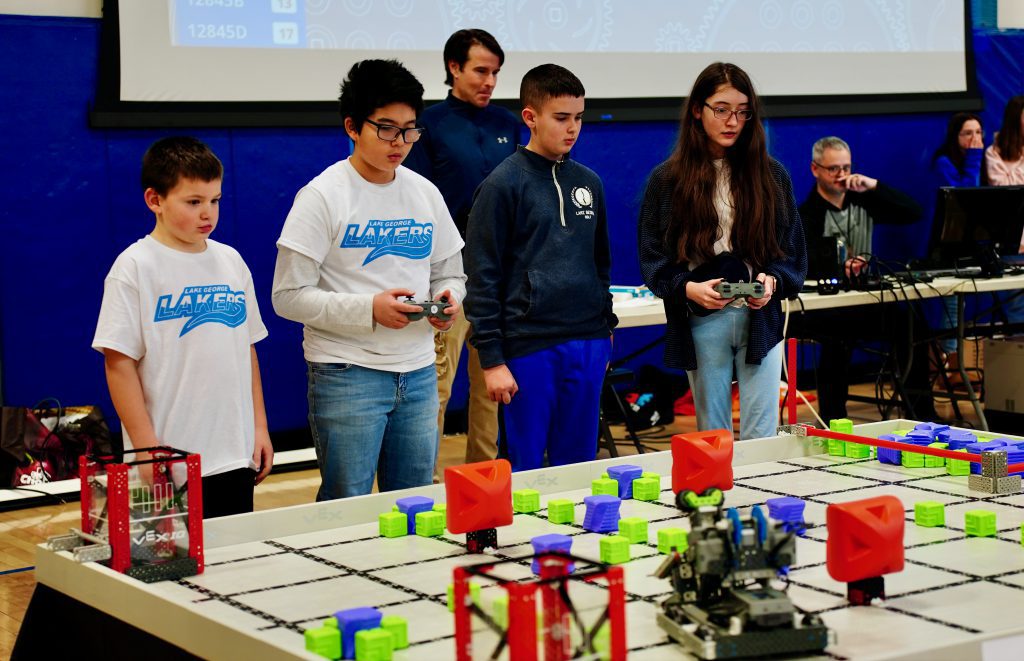Creating a successful game involves understanding the target audience, setting clear goals, creating engaging gameplay, investing in quality art and sound design, testing and iterating, and effective marketing and promotion. By conducting market research and tailoring the game to meet player expectations, developers can increase the chances of success. Developing intuitive, challenging gameplay with unique mechanics and captivating visuals and sounds is essential. Testing with real players, gathering feedback, and iterating on the design are crucial for refining the game. Effective marketing strategies can help generate buzz and anticipation, ultimately leading to a successful game that resonates with players.
Introduction
Creating a successful game involves a combination of creativity, technical skills, and understanding the preferences of your target audience. In this article, we will explore the fundamentals of designing a successful game that will resonate with players and potentially become a hit in the competitive gaming market.
Understanding the Target Audience
One of the key aspects of designing a successful game is understanding the target audience. This involves conducting market research to identify the preferences, interests, and needs of potential players. By understanding what your target audience wants, you can tailor your game to meet their expectations and increase its chances of success.
Setting Clear Goals and Objectives
Before starting the development process, it is essential to set clear goals and objectives for your game. This includes defining the gameplay mechanics, storyline, visual style, and target platforms. Having a clear vision for your game will help guide the development process and ensure that all team members are working towards a common goal.
Creating Engaging Gameplay
The gameplay is the heart of any successful game. It should be intuitive, challenging, and engaging to keep players entertained and coming back for more. Consider incorporating unique mechanics, interesting puzzles, and compelling storylines to create a memorable gaming experience that will captivate players.
Investing in Quality Art and Sound Design
Visuals and sound play a crucial role in creating an immersive gaming experience. Investing in high-quality art and sound design can significantly enhance the overall quality of your game and make it more appealing to players. Collaborating with talented artists and audio engineers can help bring your game world to life and make it stand out in a crowded marketplace.
Testing and Iterating
Once the initial development phase is complete, it is essential to test your game with real players to gather feedback and identify areas for improvement. Use player feedback to iterate on your design, fix bugs, and refine gameplay mechanics to create a polished final product. Continuous testing and iteration are key to creating a successful game that will resonate with players.
Marketing and Promotion
Even the best-designed game will struggle to succeed without effective marketing and promotion. Develop a marketing strategy that highlights the unique selling points of your game and targets your desired audience through social media, influencers, and other channels. Generating buzz and anticipation around your game can help drive sales and increase its chances of success.
Conclusion
Designing a successful game requires a combination of creativity, technical expertise, and understanding of player preferences. By following the fundamentals outlined in this article, you can increase the chances of creating a hit game that will resonate with players and stand out in the competitive gaming market.
